Growth in the Food and Beverage Sector
The Tube and Stick Packaging Market is significantly influenced by the expansion of the food and beverage sector. With a growing emphasis on convenience and on-the-go consumption, food manufacturers are increasingly utilizing tube and stick packaging for sauces, condiments, and snacks. Recent statistics indicate that the food and beverage segment is expected to witness a compound annual growth rate of approximately 4.8% over the next few years. This growth is attributed to changing consumer lifestyles and the rising demand for ready-to-eat products. As a result, tube and stick packaging serves as an effective solution for preserving product freshness while providing ease of use, thereby driving market growth.
Technological Advancements in Packaging
The Tube and Stick Packaging Market is being propelled by rapid technological advancements in packaging processes. Innovations such as smart packaging, which incorporates QR codes and NFC technology, are enhancing consumer engagement and product traceability. These advancements not only improve the functionality of tube and stick packaging but also provide valuable information to consumers regarding product usage and safety. The integration of technology in packaging is expected to grow at a rate of 5.7% annually, reflecting the industry's commitment to enhancing user experience. As manufacturers continue to invest in research and development, the Tube and Stick Packaging Market is likely to benefit from these technological innovations, leading to more efficient and user-friendly packaging solutions.
Rising Demand for Personal Care Products
The Tube and Stick Packaging Market is experiencing a notable surge in demand for personal care products, including cosmetics, skincare, and haircare items. This trend is driven by an increasing consumer preference for convenient and portable packaging solutions. According to recent data, the personal care segment is projected to account for a substantial share of the overall market, with an estimated growth rate of 5.2% annually. As consumers seek products that are easy to use and carry, manufacturers are increasingly adopting tube and stick packaging formats to enhance user experience. This shift not only caters to consumer preferences but also aligns with the industry's focus on innovative packaging solutions that offer both functionality and aesthetic appeal.
Expanding E-commerce and Online Retail Channels
The Tube and Stick Packaging Market is significantly impacted by the rapid expansion of e-commerce and online retail channels. As more consumers turn to online shopping for convenience, the demand for packaging that ensures product safety during transit is increasing. Tube and stick packaging offers a robust solution for protecting products while maintaining their integrity. Recent data indicates that e-commerce sales are projected to grow by 15% annually, further driving the need for effective packaging solutions. This trend compels manufacturers to adapt their packaging strategies to meet the requirements of online retail, thereby enhancing the overall market landscape. The synergy between e-commerce growth and tube and stick packaging is likely to create new opportunities for market players.
Increased Focus on Eco-Friendly Packaging Solutions
The Tube and Stick Packaging Market is witnessing a paradigm shift towards eco-friendly packaging solutions. As environmental concerns gain prominence, consumers are increasingly favoring products that utilize sustainable materials. This trend is reflected in the growing adoption of biodegradable and recyclable materials in tube and stick packaging. Recent market analyses suggest that the eco-friendly packaging segment is projected to grow at a rate of 6.5% annually, indicating a strong consumer preference for sustainable options. Manufacturers are responding to this demand by innovating their packaging processes, thereby enhancing their market competitiveness while contributing to environmental sustainability. This focus on eco-friendly solutions is likely to shape the future of the Tube and Stick Packaging Market.


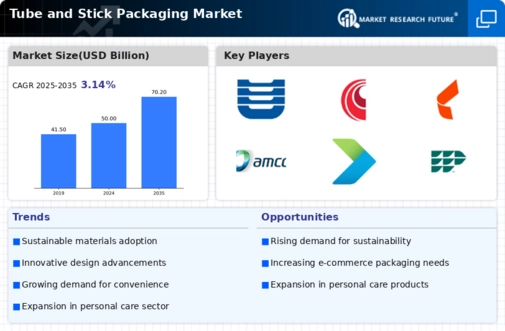
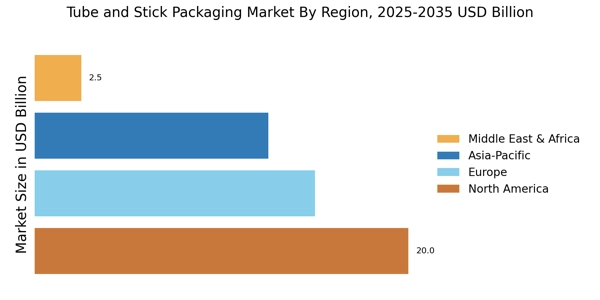

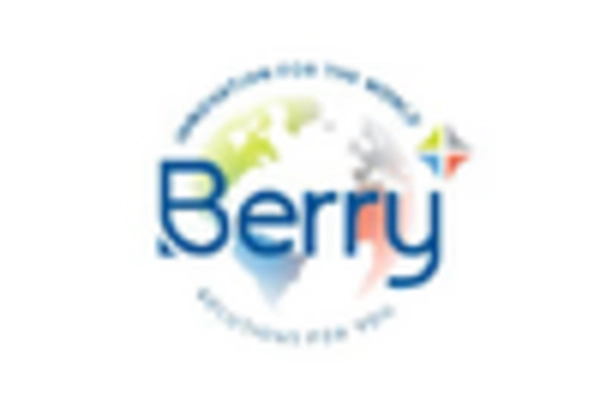
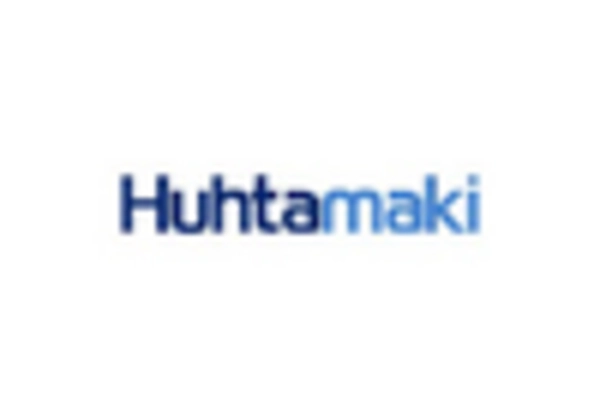

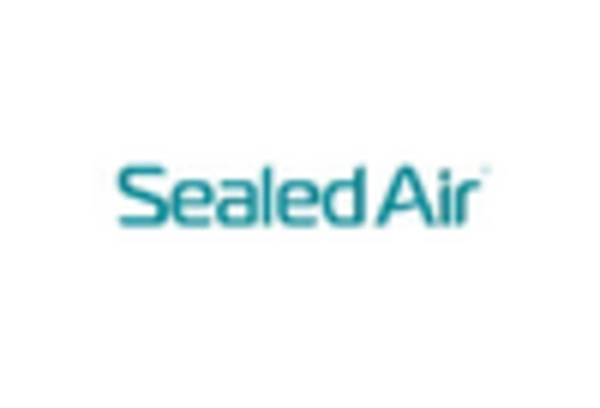
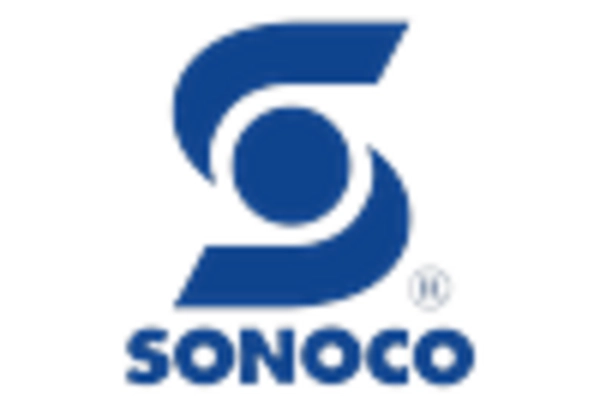








Leave a Comment